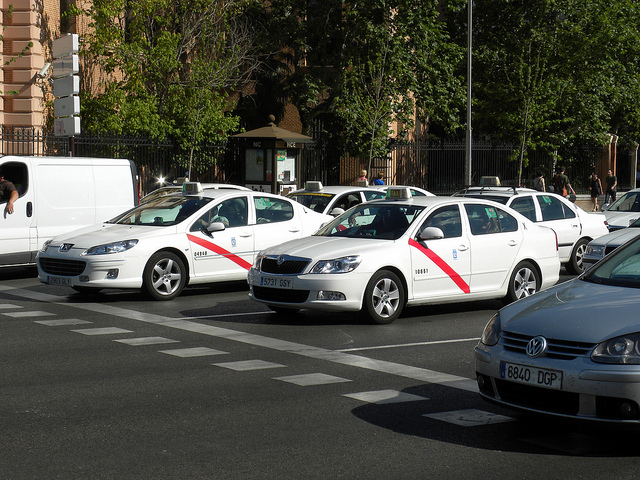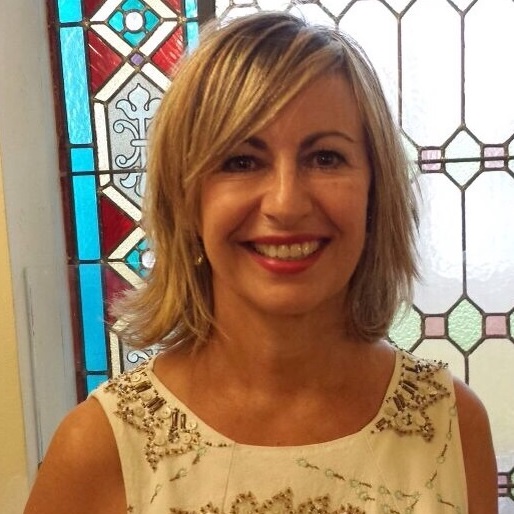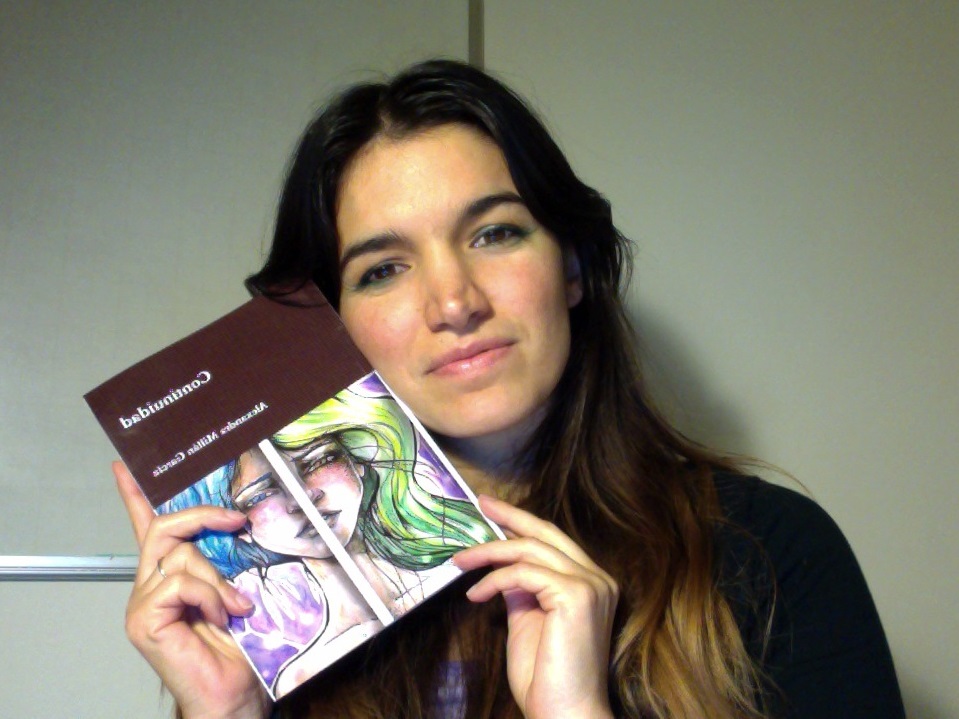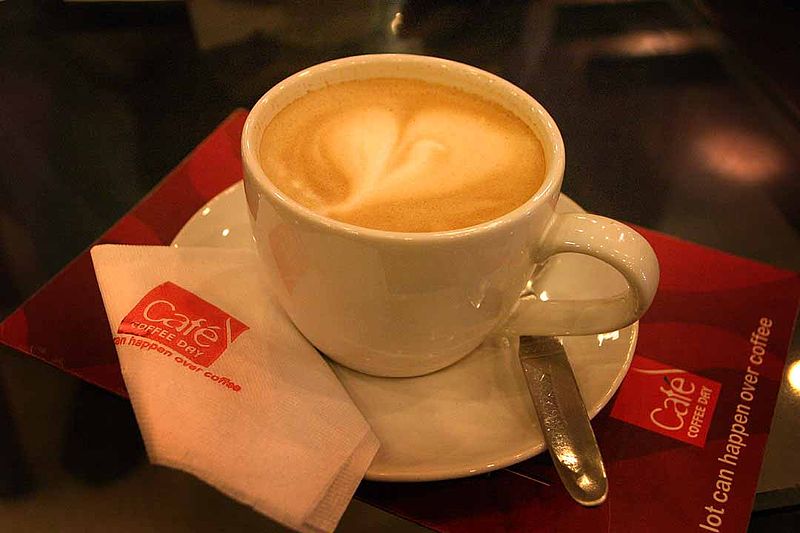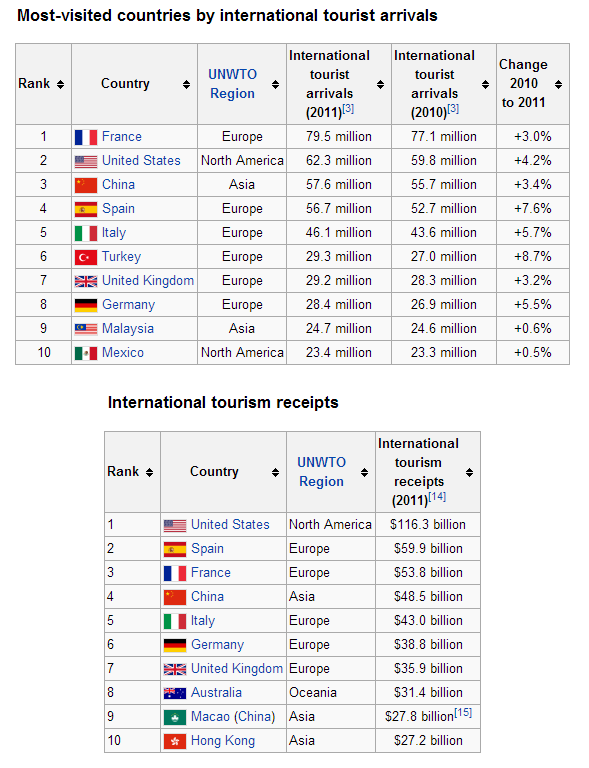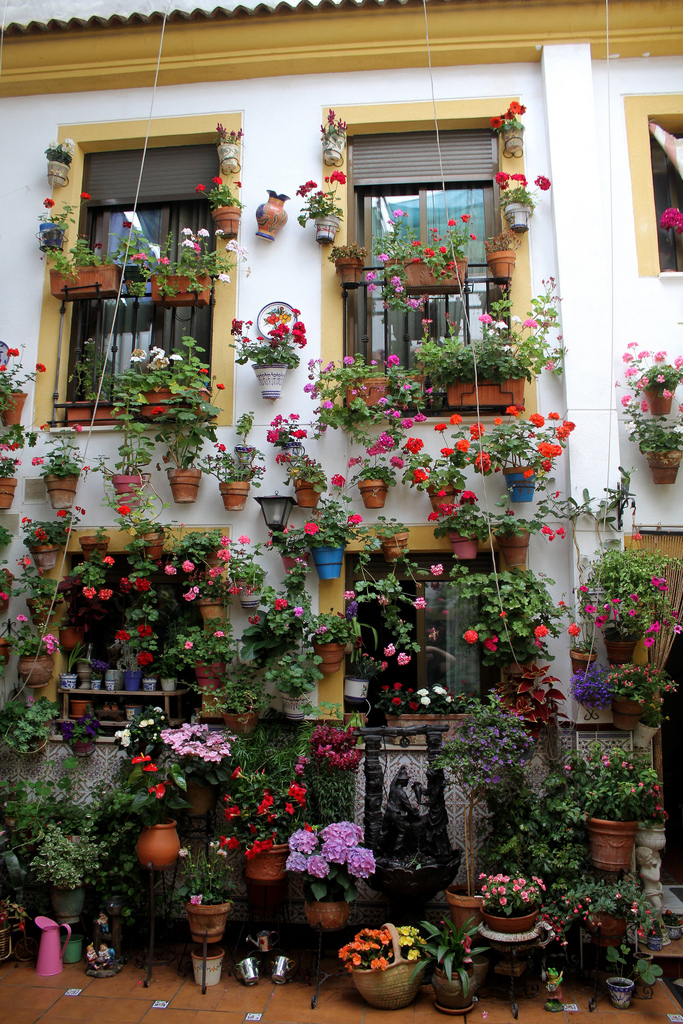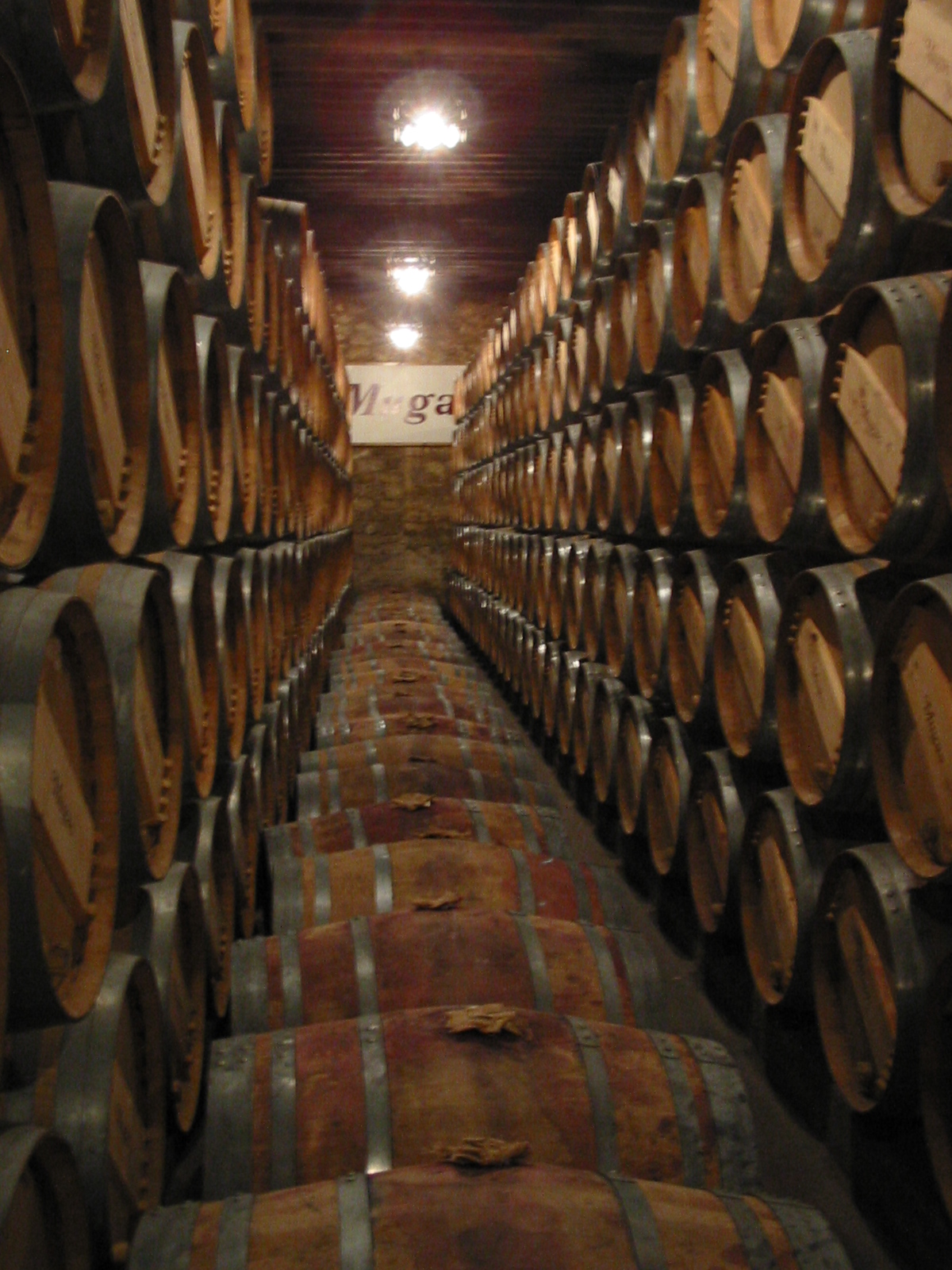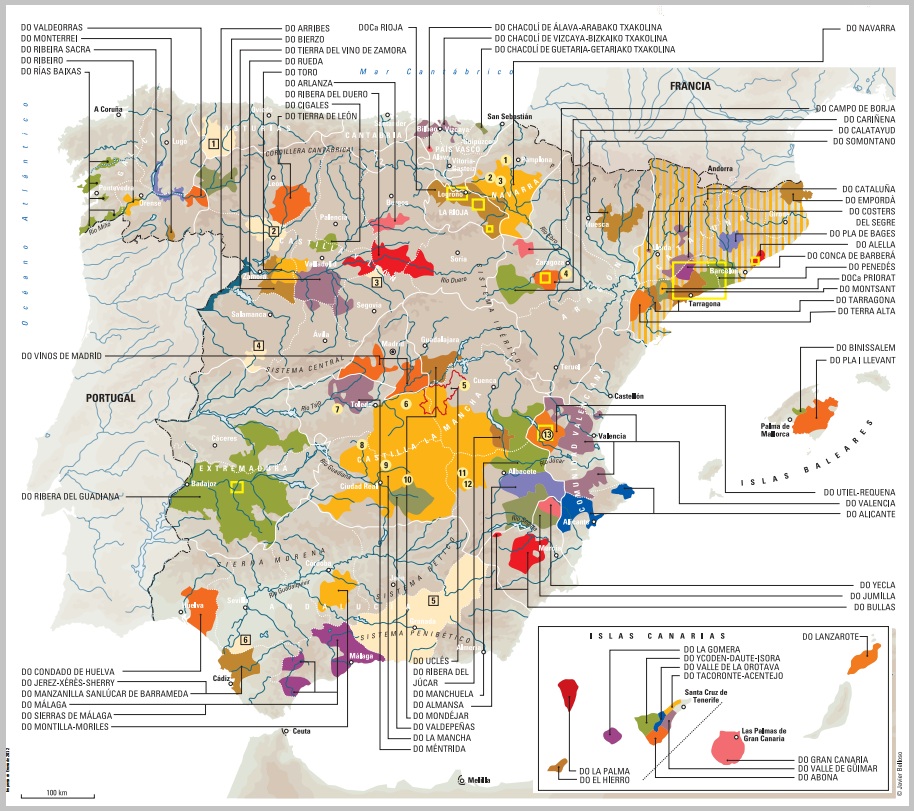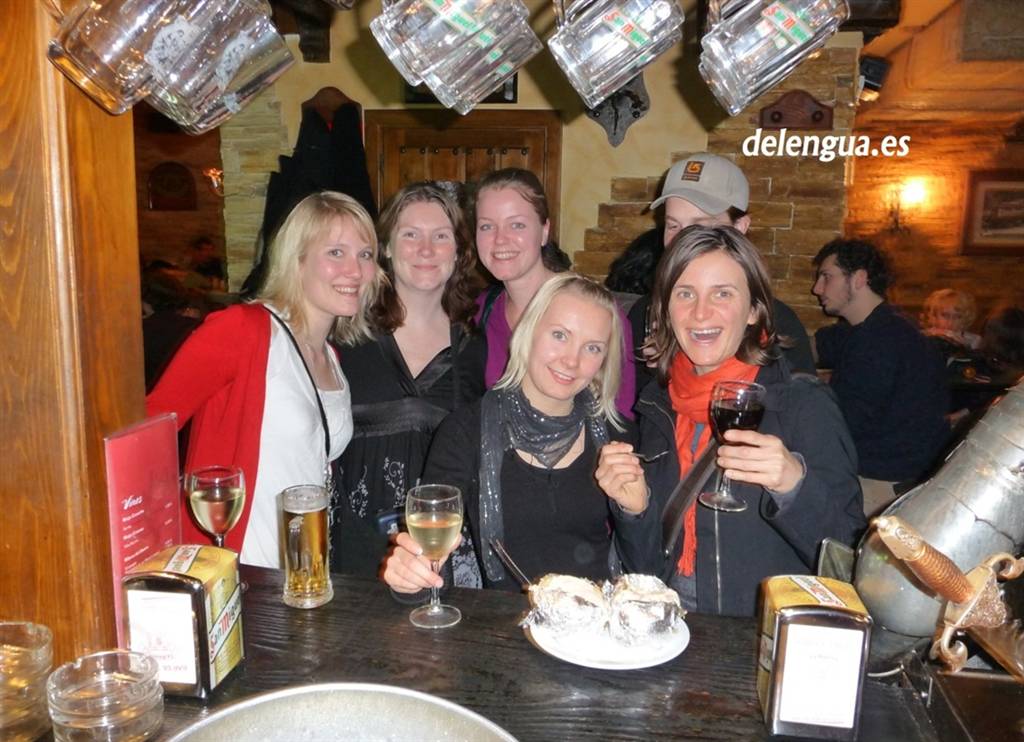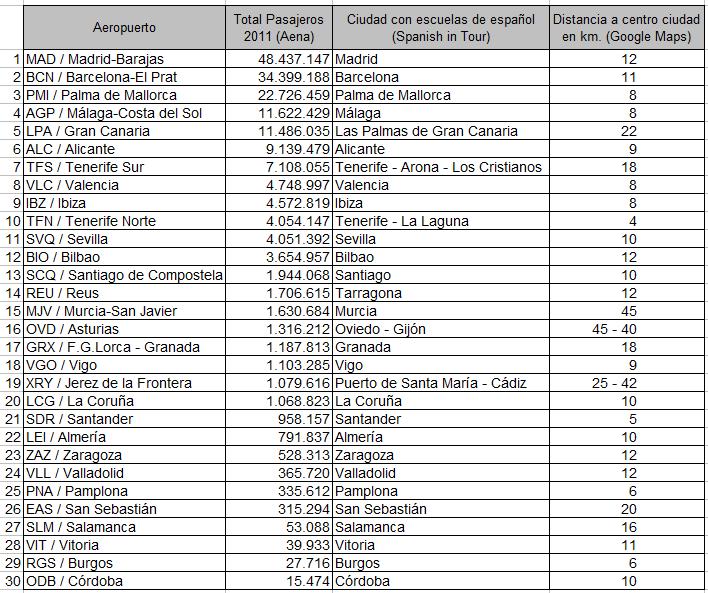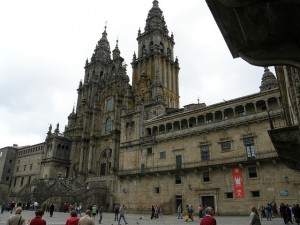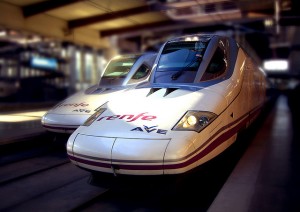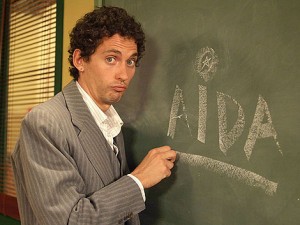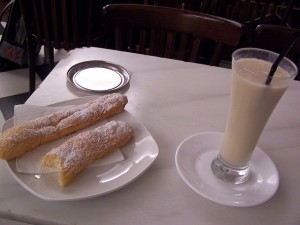The International Air Transport Association (IATA) proposes the following measures:55 cm height, 35 width and 20 depth, but if you’re traveling you should check, the airlines decide each bag measures.
The measures on hand luggage are:
AerLingus: 55x40x20 weight:10 kg.
Air Europa: 55x35x25 weight:10 kg.
Air Berlin: 55x40x20 weight:6 kg.
Air France: 55x35x25 and maximum weight of12 kg.
American Airlines: 56x35x23 weight:18 kg.
British Airways: 56x45x25 weight:23 kg.
Easy Jet: 56x45x25.
Iberia: 56x45x25 weight:10 kg.
Germanwings: 55x40x20 weight:8 kg.
KLM: 55x35x25 weight:12 kg.
Lufthansa: 55x40x23 weight:8 kg.
Ryanair: 55x40x20 weight10 kg.
Tap Air Portugal: 55x40x20 weight:8 kg.
United Airlines: 56x45x25.
Virgin Atlantic: 56x36x23 weight:6 kg.
Vueling: 55x40x20 weight:10 kg.
The rules on liquids of flights from countries of the European Union, Norway, Iceland and Switzerland are limited in capacity of the bottles or flasks of 100 ml, to be transported in a transparent plastic bag of1 literwhich should be around20 cmx20 cm, with a opening and closing system.
Finally a recommendation: if you fly to theUnited Statesyou must carry the electronic devices with the battery loaded, because if not, they can do a requisition.
Image: Magatzems by Enfo https://goo.gl/mHCEZ8









